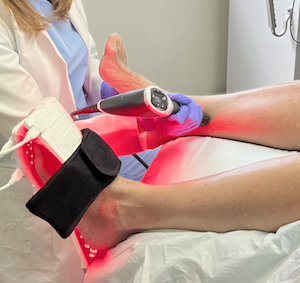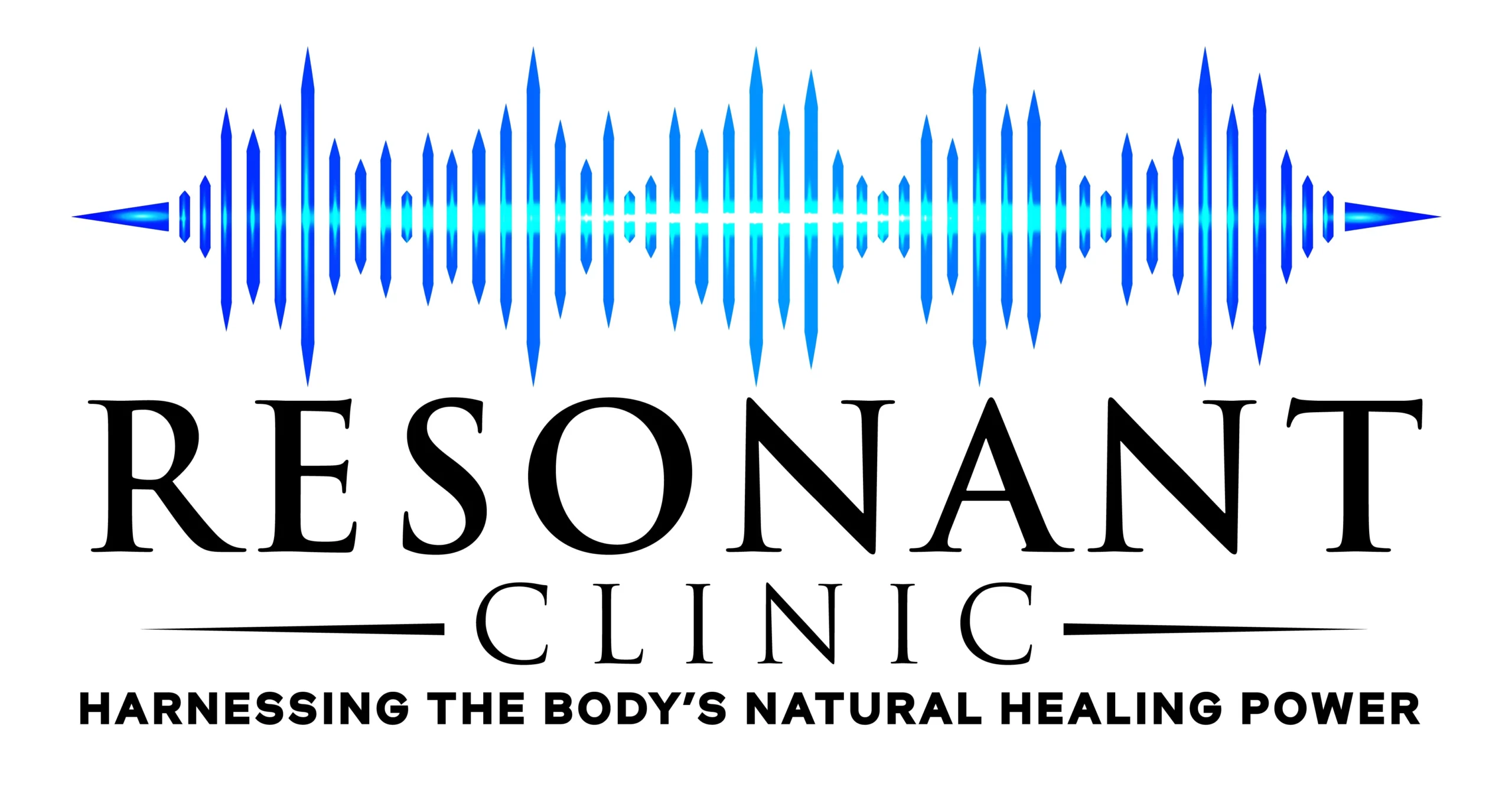
Peripheral Neuropathy

Peripheral Neuropathy
What is Peripheral Neuropathy?
Peripheral foot and hand neuropathy, a result of nerve damage in the extremities, often causes weakness, numbness, a pins-and-needles sensation, and pain. Diabetes is the most common cause, but peripheral neuropathy can also be due to poor circulation, infections, injuries, and toxins such as chemotherapy.
What are Common Treatments for Peripheral Neuropathy?
Typical treatments include a range of medications, often with limited effectiveness and bothersome side effects, but can include surgery if due to impaired blood circulation from peripheral vascular disease. These may not address the underlying cause of the neuropathy.
More About Peripheral Neuropathy
Shockwave therapy creates micro-stresses on deep tissues that signal a healing response from the body’s natural repair mechanisms. Studies of shockwave therapy found that oxidative stress, inflammation, normal cell turnover (apoptosis), and DNA damage were significantly reversed. As a result, the areas under therapy experience vascular in-growth, neovascularization/ angiogenesis (new small blood vessel growth), rebuilding of connective tissue, and reduced inflammation and pain.
At Resonant Clinic, we use several treatment modalities at the same time to achieve optimal results. First, we will take a complete history and examine the affected extremities to be certain the patient has been evaluated for possible underlying medical or surgical conditions.
If indicated in our opinion, we will use a combination of shockwave therapy, red light and near-infrared light therapy, and prescribed therapeutic peptides over the course of 6 or more treatment sessions, depending on each patient’s individualized needs. Each session typically lasts around an hour and we alternate light therapy with shockwave therapy applied to each foot and leg.
Patient responses are highly variable, depending on age, underlying health status, medication use, and concurrent medical problems. Most patients we accept experience a rapid, but often temporary improvement in sensation and improved tissue perfusion (pinker, warmer extremities) early in the course of treatment. However, the full effect of therapy may not be felt for 12 weeks or more due to the slow pace of nerve and tissue regeneration.
Not in the hands of a skilled practitioner, who will work closely with each patient to determine the intensity and frequency of the shockwave treatments. The vast majority of patients feel no to very mild discomfort. In certain circumstances, a topical anesthetic is used to enable higher energy levels that might be indicated to achieve the best results.
Int Rev Neurobiol 2013;109:85-98.
doi: 10.1016/B978-0-12-420045-6.00003-1
J Phys Ther Sci 2013 Sep; 25(9): 1067–1069.
Published online 2013 Oct 20. doi: 10.1589/jpts.25.1067
Medicine 99(12):p e19516, March 2020.
DOI: 10.1097/MD.0000000000019516



Read our FAQ’s
We use a combination of therapies depending on the patient. A treatment session usually combines shockwave therapy with photobiomodulation (light therapy). In addition, depending on the patient, we often prescribe biologics such as peptides and exosomes to be taken at home.
Peripheral neuropathy involves treatings the nerves in the extremities and the blood vessels. Both take time to regenerate from their damaged state. For example, nerve regeneration takes at least 12 weeks. Therefore, we recommend a minimum of 6 treatment sessions and often more depending on the patient’s underlying health status and response to treatment.
Due to the surface area to be treated, including the feet and lower leg, and alternating shockwave with light therapy for each side, the treatment sessions usually require 60 minutes or more. These are among our longest sessions but we believe careful attention to all treatment areas offers the best results.
Treatments costs vary considerably based on the number of sessions and the concurrent prescription of biologicals. We offer package pricing that combines all modalities over several sessions to bring the cost down.
